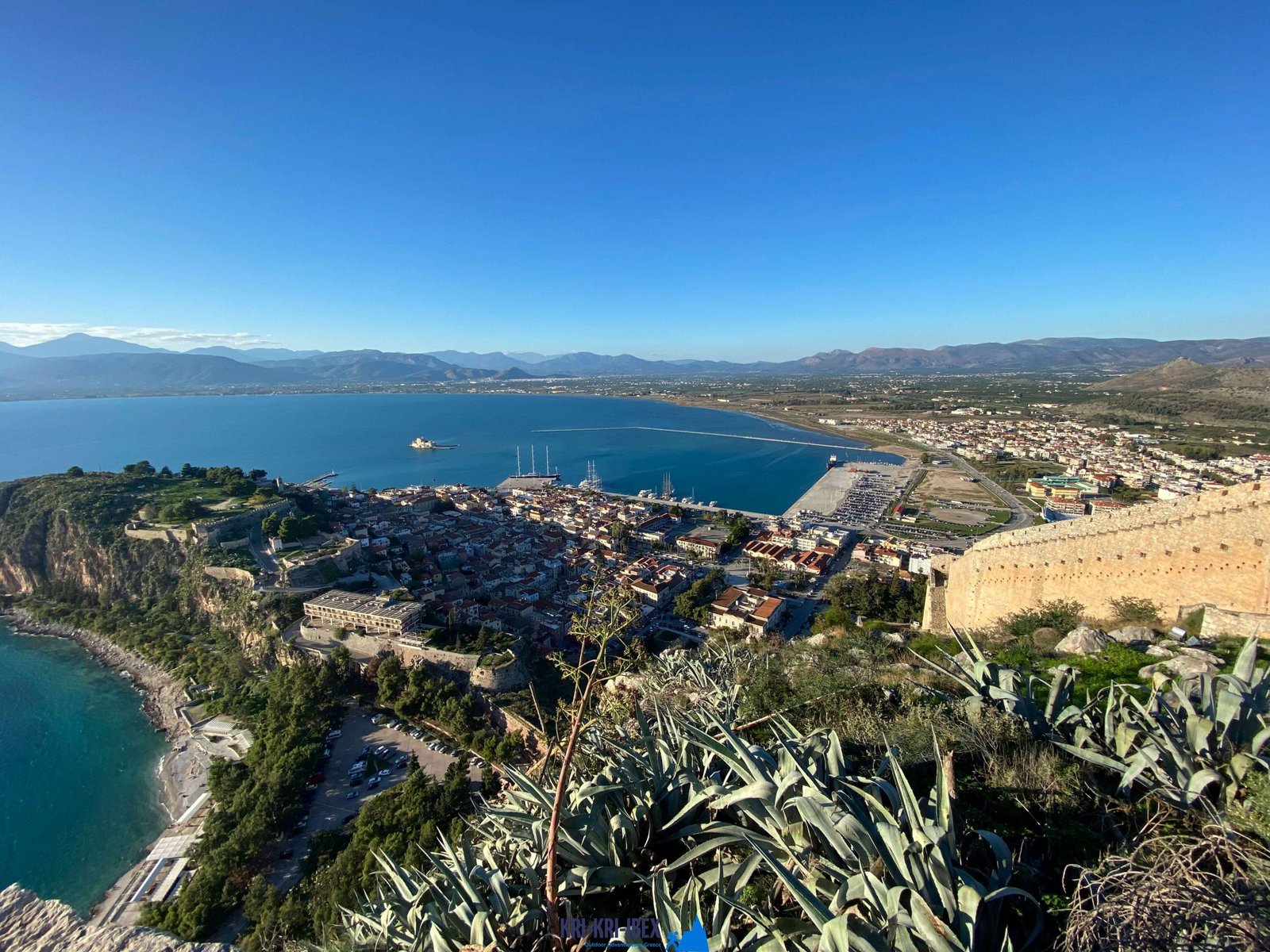
Hunting for Kri Kri ibex in Greece is an amazing holiday and also an interesting hunting expedition all rolled right into one. For many hunters, ibex hunting is a challenging undertaking with miserable problems, but not in this instance! Throughout five days of touring ancient Greece, diving to shipwrecks, and also spearing, you'll run into gorgeous Kri Kri ibex on an exotic island. What else could you desire?

This Ibex is NOT a petite type of the Bezoar Ibex, which has actually moved into the western-most reach of the series of this species. The kri-kri (Capra aegagrus cretica), also called the Cretan goat, Agrimi, or Cretan Ibex, is an aboriginal goat types living in the eastern Mediterranean, which was when believed to be a subspecies of wild goat. This kri-kri is a feral goat with a light brown coat with a dark collar. They have two sweeping horns on their heads. Throughout the day, they relax and also prevent site visitors, staying clear of travelers. The kri-kri can jump a long way or range seemingly vertical high cliffs.
The first thing you will observe when you arrive in the Peloponnese peninsula is the stunningly gorgeous landscape. The hills, woodlands, lakes, as well as rivers make this location a nature enthusiast's paradise. There are likewise a lot of possibilities for treking, fishing, swimming, and also other outside tasks. The Peloponnese peninsula is not just concerning its all-natural charm; there are also many historic and cultural websites to check out. Do not neglect likewise angling, free-diving as well as hunting. A few of one of the most popular vacationer destinations in the Peloponnese consist of old Olympia, Epidaurus, Mycenae, and Sparta. These locations offer a fascinating peek into Greece's abundant background as well as culture. If you have an interest in discovering more concerning Greek folklore, after that you will definitely wish to go to Mount Olympus, residence of the 12 Olympian gods. Obviously, no trip to Greece would be complete without attempting several of the delicious food. The Peloponnese peninsula is home to some of the most effective olive oil on the planet as well as feta cheese, olives, honey, and a glass of wine. Make sure to try several of the neighborhood specializeds such as dolma (packed grape leaves), Souvlaki (smoked meat skewers), as well as Gyro (meat wrapped in pita bread).
There is truly something for everyone in the Peloponnese peninsula. Whether you have an interest in background as well as culture or nature as well as outside activities, this is an excellent destination for your next trip. If you are short on time, our hunting and touring Peloponnese Tours from Methoni is a great means to see whatever this awesome location has to offer.And finally, your Kri Kri ibex prize is awaiting you.
What is the diference between Kri Kri ibex, Bezoar ibex and hybrid ibex
The kri-kri is not thought to be indigenous to Crete, most likely having been imported to the island during the time of the Minoan civilization. Nevertheless, it is found nowhere else and is therefore endemic to Crete. It was common throughout the Aegean but the peaks of the 8,000 ft (2,400 m) White Mountains of Western Crete are their last strongholds–particularly a series of almost vertical 3,000 ft (900 m) cliffs called ‘the Untrodden’—at the head of the Samaria Gorge. This mountain range, which hosts another 14 endemic animal species, is protected as a UNESCO Biosphere Reserve. In total, their range extends to the White Mountains, the Samaria National Forest and the islets of Dia, Thodorou, and Agii Pandes.
This Ibex is NOT a diminutive form of the Bezoar Ibex, which has migrated into the western-most reach of the range of this species. The kri – kri (Capra aegagrus cretica), sometimes called the Cretan goat, Agrimi, or Cretan Ibex, is a feral goat inhabiting the Eastern Mediterranean, previously considered a subspecies of wild goat. The kri-kri has a light brownish coat with a darker band around its neck. It has two horns that sweep back from the head. In the wild they are shy and avoid tourists, resting during the day. The animal can leap some distance or climb seemingly sheer cliffs.
“The agrimi goat Capra aegagrus cretica is unique to Crete and its offshore islands. It has been identi®ed as a sub-species of the wild bezoar goat Capra aegagrus aegagrus Erxleben, 1777, which it closely resembles in horn shape, body form and coloration. This classi®cation has been disputed by some researchers who claim that the agrimi are feral goats, derived from early domestic stock brought to the island by the ®rst Neolithic settlers. In order to clarify this issue, DNA analyses (cytochrome b and D loop sequences) were carried out on tissue of live and skeletonized agrimi and compared to sequences of wild and domestic caprines. Results conclusively show the agrimi to be a feral animal, that clades with domestic goats (Capra hircus) rather than with wild Asiatic bezoar. This study demonstrates that morphometric criteria do not necessarily re¯ect genetic af®nities, and that the taxonomic classi®cation of agrimi should be revised.”